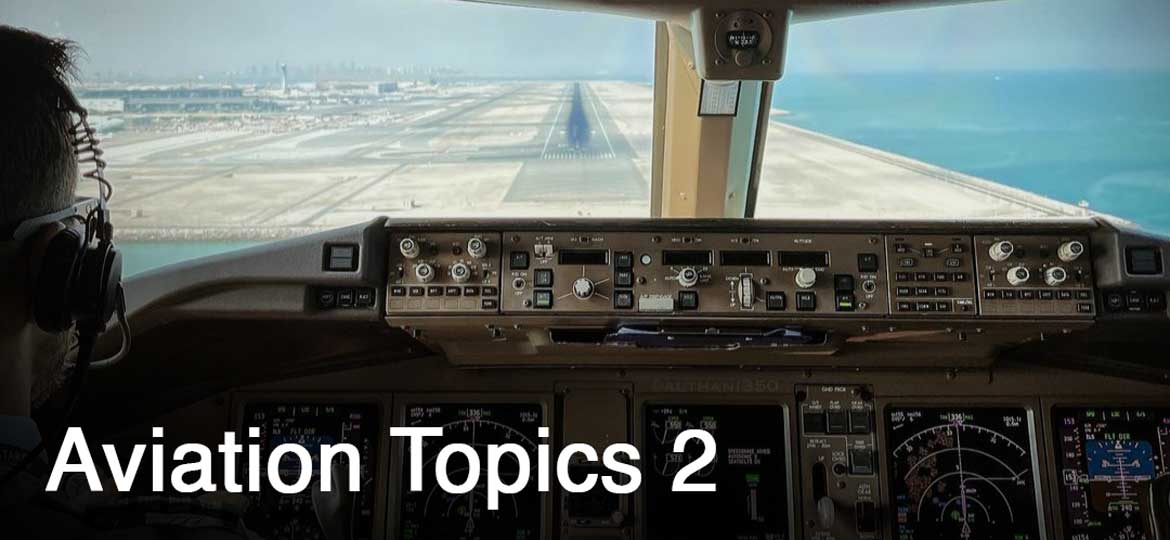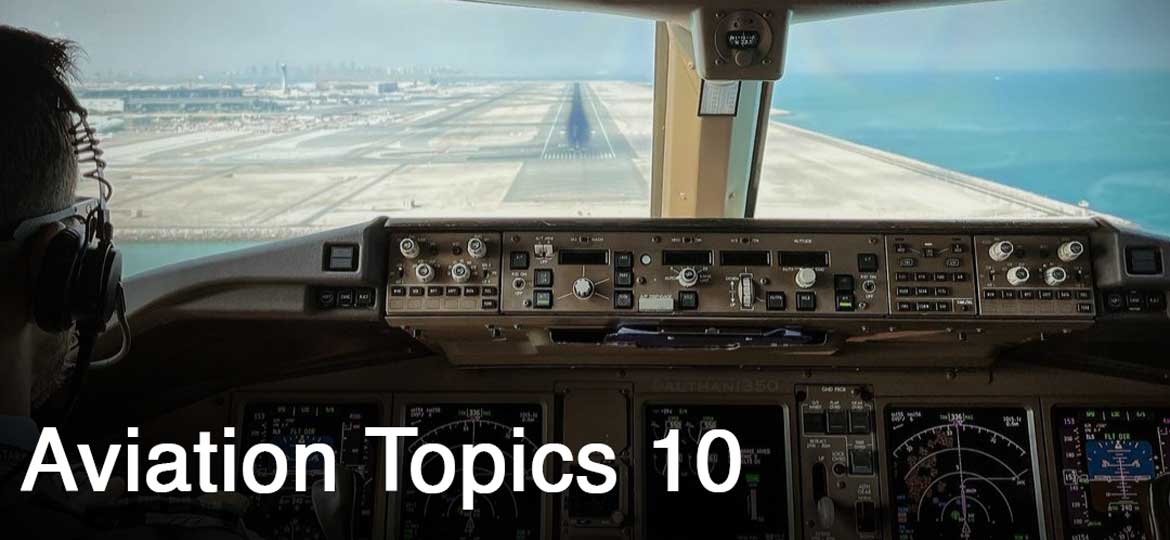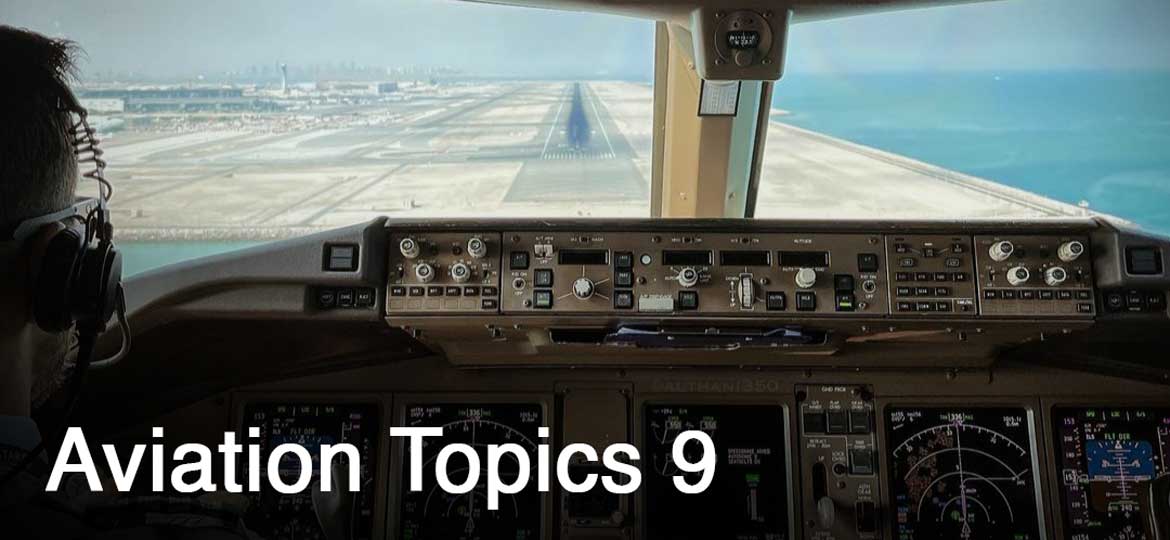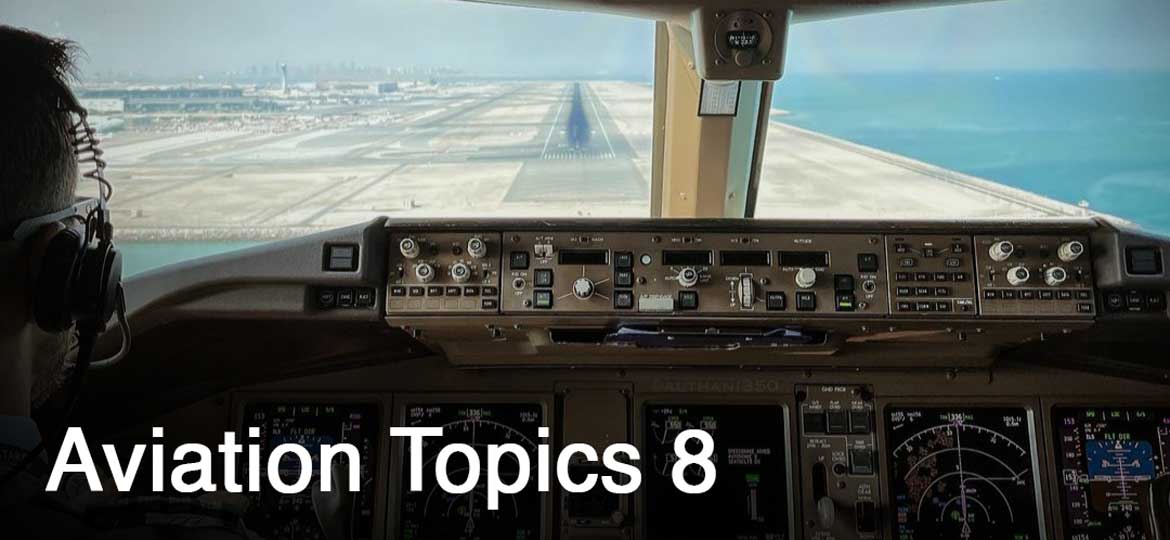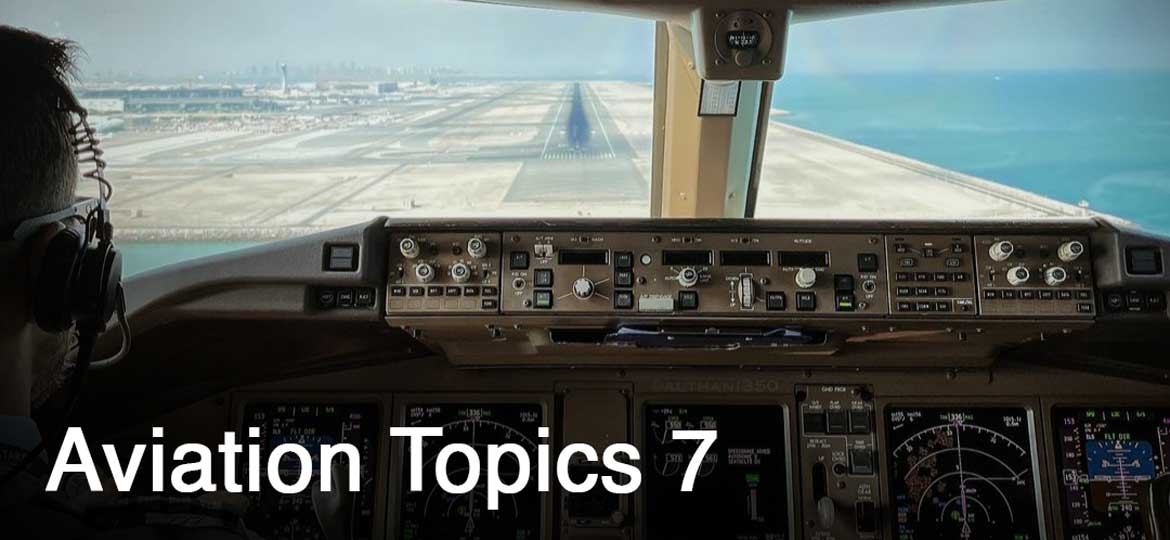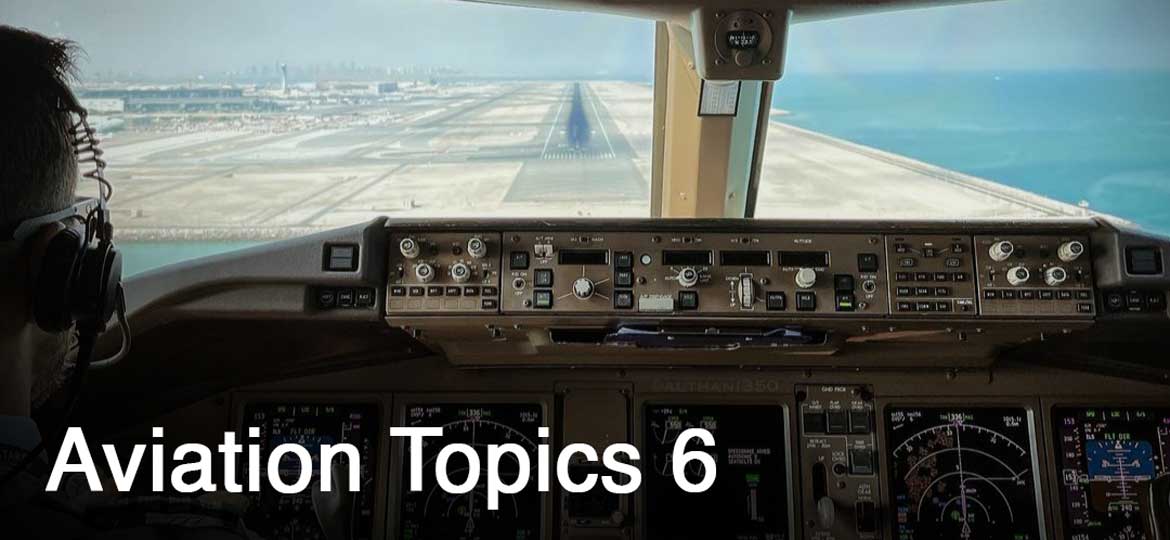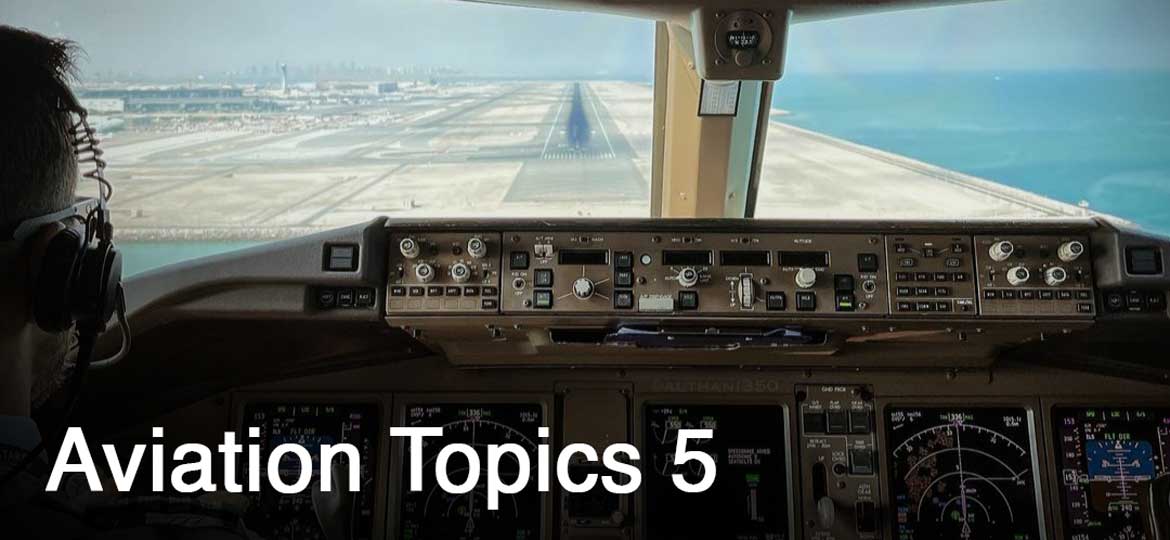Part One: “Aviation Topics”. In this part, you have to answer questions related to aviation. You have one to two minutes for answering each question. Don’t worry if I interrupt you. I’ll tell you when the time is up.
Question 2.1
What weather conditions can cause problems to aircraft in flight?
ICAO 4:
Hail storm and icing conditions can cause serious problems in flight and there are also some natural phenomena which can cause serious damages to the aircraft, in addition, sandstorm and volcanic ash can lead even to a fatal accident.
ICAO 5:
Adverse weather conditions such as hailstorms and icing, coupled with natural phenomena such as sandstorms and volcanic ash, can pose significant threats to the flight safety, potentially ending up in catastrophic accidents.
therefore it is absolutely crucial and mandatory to check the meteorological conditions before every single flight to avoid going through critical situations that could jeopardize the flight safety.
Question 2.2
What needs to be considered by pilots before performing an emergency evacuation?
ICAO 4:
First: Pilots need to consider mainly area where they performed an emergency or forced landing.
Second: If the emergency landing is performed on runway, It’s completely important to consider the best side to inform the crew and start the evacuation immediately, specially if there’s fire.
But if the forced landing is performed on a field out of the airport or even a ditching, pilot must not only consider the best side do start the evacuation, but also the best doors (rear or main doors) and in case of ditching, consider the overwing exit doors and the rafts to accomodate all the passengers.
ICAO 5:
At the forefront of a pilot’s decision-making process during an emergency or forced landing is the selection of an optimal area for touchdown.
When a runway landing is feasible, it is paramount for the pilot to identify the safest side of the aircraft to carry out a crew announcement and prompt evacuation, particularly when fire is a concern.
However, in the event of a forced landing on non-runway terrain or ditching, the pilot must not only deliberate the best side to initiate an evacuation but also the most appropriate door(s) to utilize, (main or rear doors, for instance).
In the case of ditching, the overwing exits would be more appropriate as well as available rafts to accommodate all passengers.
Question 2.3
How do pilots handle in-flight emergencies?
ICAO 4:
Basically pilots handle in-flights emergencies following standard procedures as quick as possible, applying memory items and descending to the nearest suitable airport for assistance.
ICAO 5:
Essentially, pilots manage in-flight emergencies expeditiously by utilizing memory items, running the checklist, reporting the situation to the ATC and promptly carrying out a descent to the closest suitable aerodrome for further support.
Question 2.4
What has changed in the Brazilian aviation industry in the last 10 years?
ICAO 4:
When we mention about Brazilian aviation Industry we think about a totally and unstable scenario.
The one which has been changing constantly positively and negatively.
Some Airlines expanding and other bankrupting, crew member being hired and some dismissed.
The training programs for initial pilots getting a boom and suddenly collapsing and numerous airlines pilots getting away from Brazil looking for a chance abroad.
Not to mention the Covid pandemic, which was the reason for thousands of layoffs around the world and right at the beginning of last year, as if that were not enough, we had the possible start of a major world war due to the war between Russia and Ukraine.
Jesus! I would say we’ve had a quite a lot changes in the last ten years!
ICAO 5:
The Brazilian aviation industry has gone through a highly volatile and constantly changing landscape, characterized by:
the simultaneous expansion and bankruptcy of airlines;
fluctuating employment of crew members;
fluctuations in the availability of training programs for initial pilots;
and the migration of numerous airline pilots seeking opportunities abroad.
Furthermore, the industry has been adversely impacted by the Covid-19 pandemic, leading to widespread layoffs across the globe;
And as if it weren’t enough, at the beginning of last year, the potential onset of a major world war due to the conflict between Russia and Ukraine.
It is evident that over the past decade, the industry has undergone significant transformations.
Se você gostou desse post do Call to Fly, divulgue utilizando os canais de Mídia!!
Abraço!! Rumo ao topo!
Leandro Araujo
